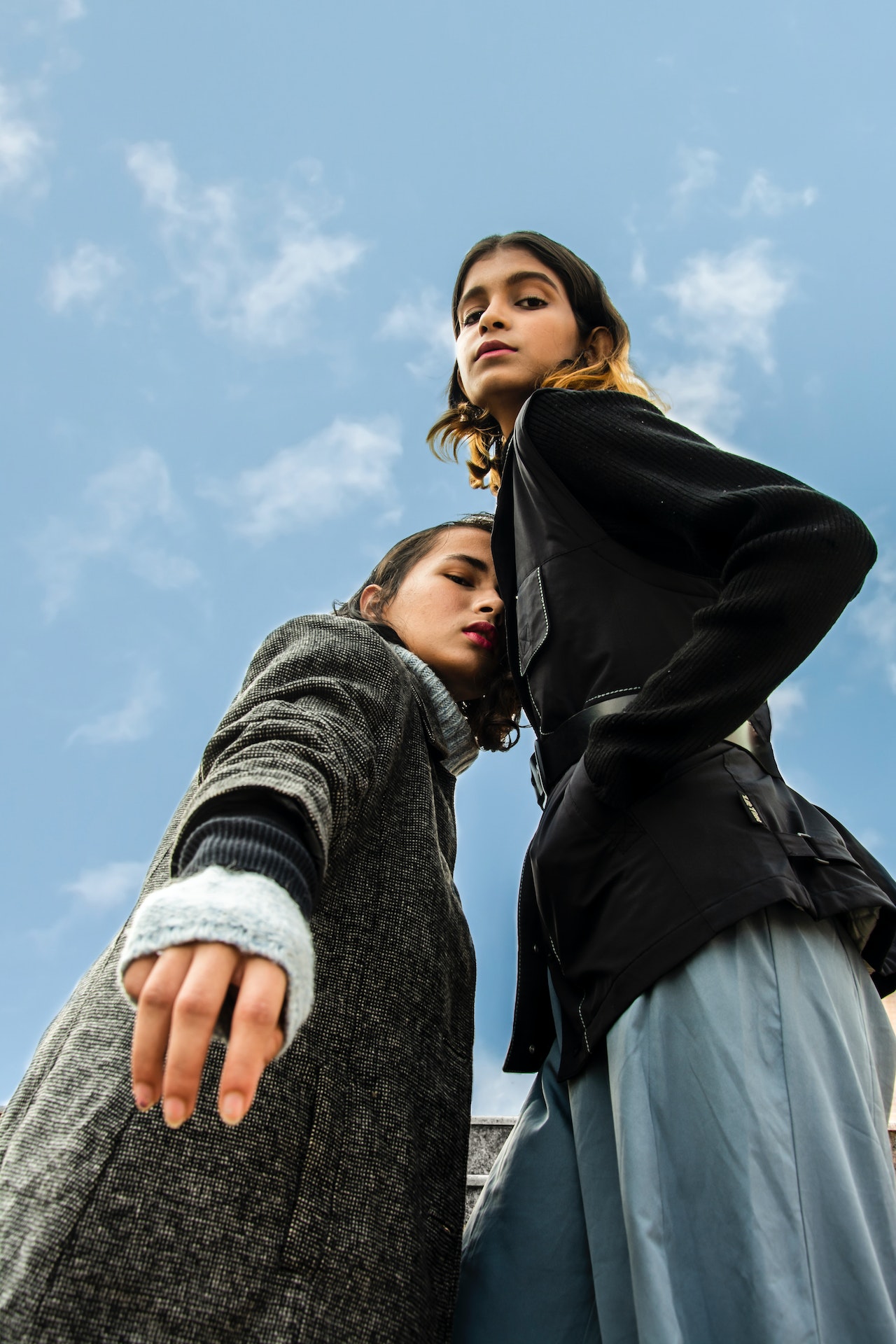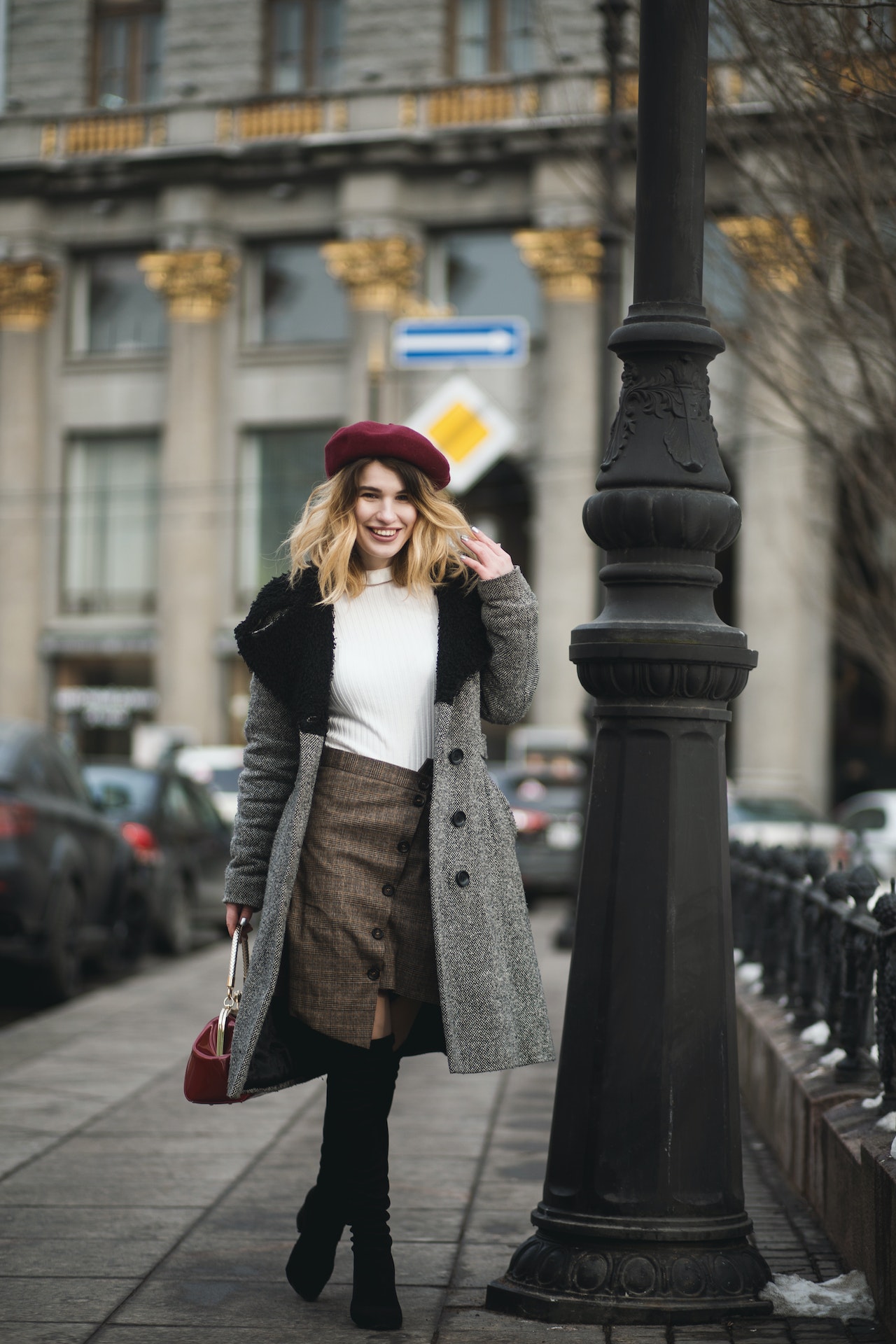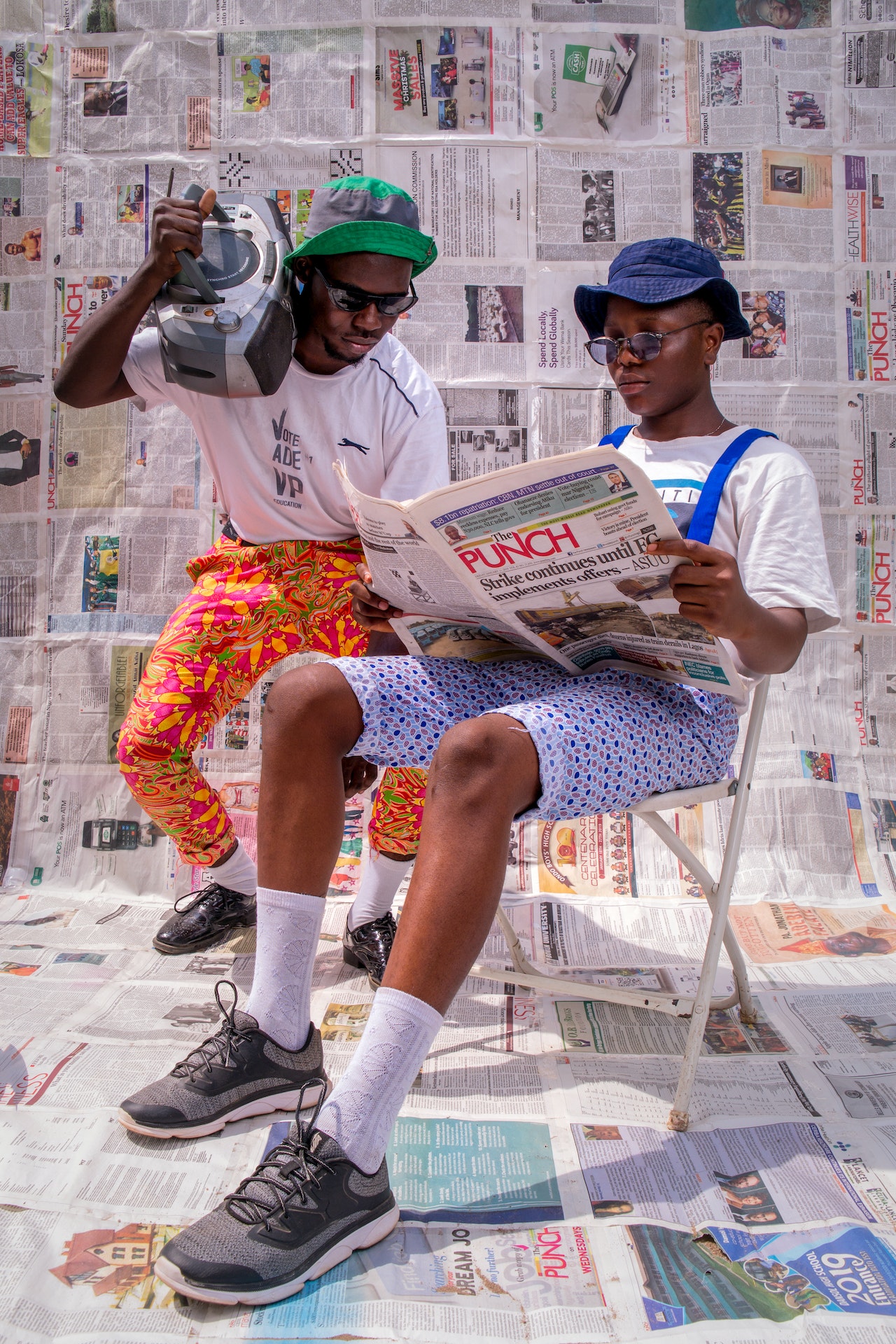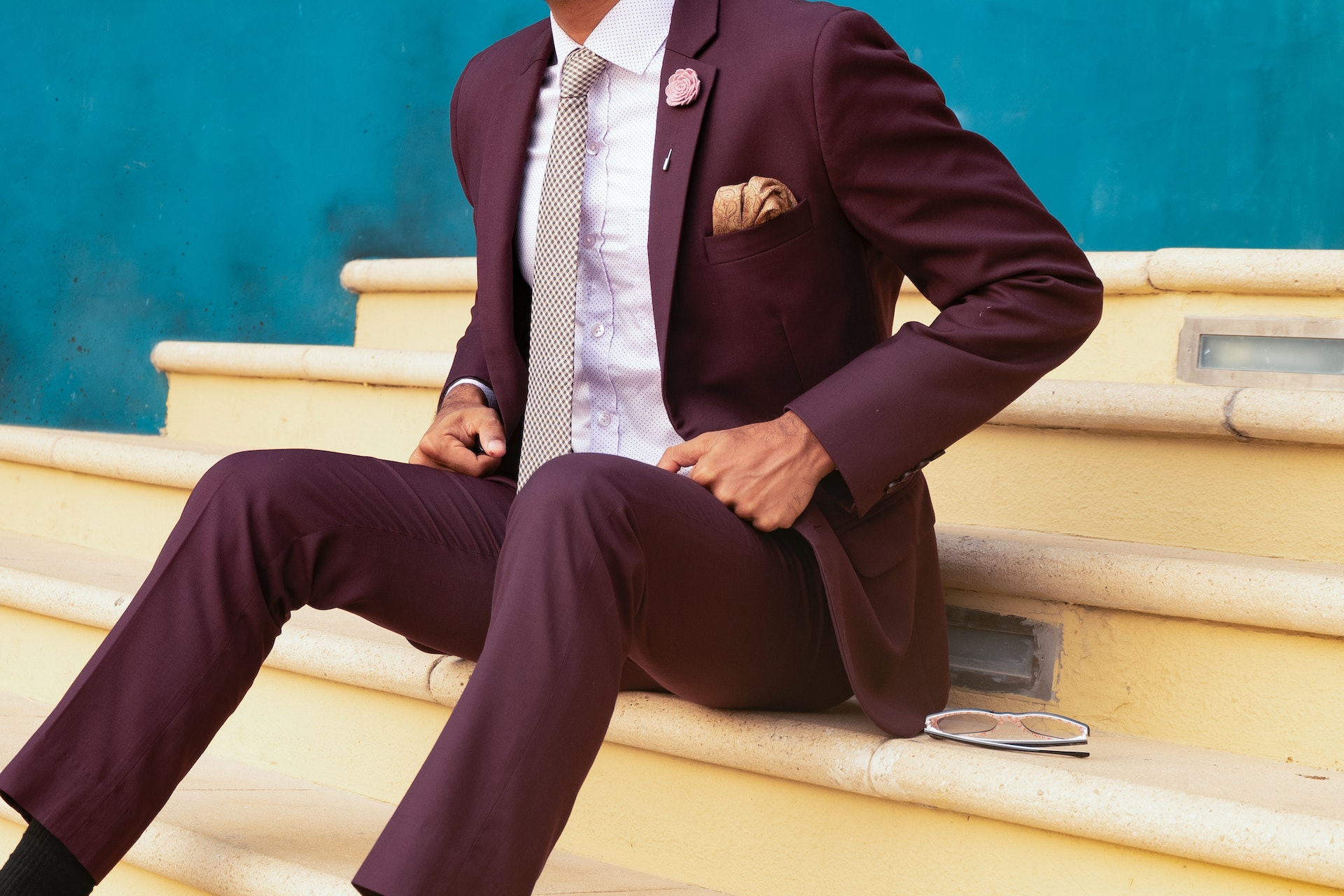How Fashion Trends Start
Have you ever wondered how these fashion trends start, seemingly out of thin air? In this article, we'll delve into the enigmatic origins of fashion trends and explore the multifaceted processes that set them in motion.
Feb 20, 20231 Shares45 Views
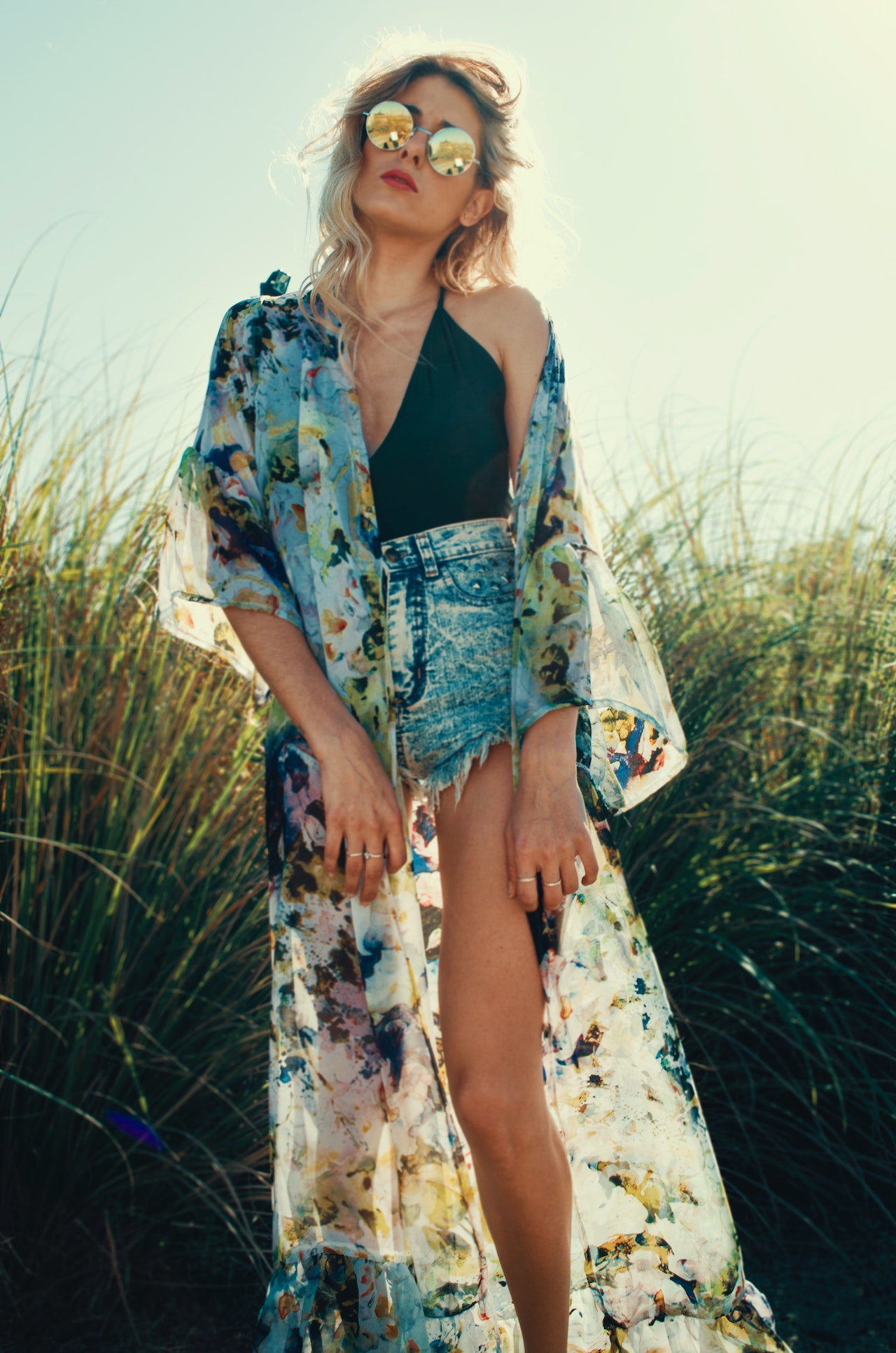
Fashion, an ever-evolving cultural phenomenon, shapes our identities and expresses our creativity. From haute couture runways to street styles, fashion trends continually emerge and captivate the world. Have you ever wondered how these fashion trendsstart, seemingly out of thin air? In this article, we'll delve into the enigmatic origins of fashion trendsand explore the multifaceted processes that set them in motion.
What Is A Trend In Clothing?
A movement or shift is a trend. It happens when a certain color, item, silhouette, pattern, material, or fashion becomes well-liked for a while. And when we say something is popular, we mean that most people accept, copy, or follow it.
Although it is true that trends come and go, if they are especially brief, we cannot classify them as trends; instead, the appropriate industry term is fads. Fads are specific fashion trends that come and go swiftly, lasting only a few weeks, months, or an entire season. When compared to trends, which can have variances but generally have the same silhouette throughout, trends tend to continue for years or even decades. Denim is a prime illustration of this. Denim has been worn on the catwalk for years, though in varied forms.
Fashion trends are characterized by their ups and downs. The corset, which dominated the 1900s, was later upset by Coco Chanel in 1920, who liberated women from the constraints of earlier centuries. She chose a looser-flowing silhouette rather than using corsets to create clothing so that ladies might have more freedom.
The idea of a trend first emerged in the 14th century, when members of the higher classes used their ability to modify their appearance on a regular basis to demonstrate their social standing and riches.
I thus hope that after reading this post you'll start looking at runway shows, brand collections, fast-fashion brands' imitations of trends started by designers, your favorite influencers' outfits, and TikTok videos with fresh eyes.
From trend to trend, a cycle's duration varies. While some trends persist longer than others, some have suddenly accelerated (hello, quick fashion). When a trend is especially brief, it enters a hypercycle and develops into a fad or micro trend.
Obsolescence
Trends change over time. When the market is oversaturated, the decline phase begins. That fashion is no longer aspired to.
Decline
The tendency has now impacted all consumers during this era. You can purchase that style from different brands for the most affordable prices. At this moment, luxury labels are actively marketing the new fad.
Peak
This is the stage when a certain trend begins to pick up speed and traction: more trend-setters and influencers are sporting that particular look (either voluntarily or, more often these days, through sponsored advertising on social media). You may have witnessed an increase in consumer demand when numerous influencers advocate the same product during the same week. During this stage, the item or appearance becomes well-liked and desirable to the broader public. Retail stores will sell related products in response to the rising demand as mass markets and fat fashion labels begin to produce (copy) the trend seen on the runway.
Rise
The trend's cyclestarts when it is first introduced. Consequently, the initial appearance of a novel color, silhouette, material, or fashion. The majority of the time, we notice new trends on the catwalks when designers unveil a new collection, when celebrities or influencers wear certain types of apparel, or when a large economic or societal event, like the pandemic, occurs.
The Influence Of Visionaries
Behind every trend lies a visionary, a daring individual or a group of influencers who have an innate ability to envision the future of fashion. These trendsetters possess an uncanny intuition, keenly observing societal changes and shifts in culture, and translating them into groundbreaking styles. Fashion innovators, such as designers, celebrities, and stylists, are the sparks that ignite the fire of new trends.
The Power Of Haute Couture
Haute couture runway shows serve as the breeding grounds for fashion trends. Designers, renowned for their creativity, craft garments that often push the boundaries of conventionality. These extravagant showcases set the tone for the seasons to come, inspiring other designers and fashion enthusiasts alike to follow suit.
Street Styles
In recent decades, street styleshave emerged as a potent force in trend initiation. Urban centers around the world have become incubators of creativity, where everyday people experiment with their attire, blending cultures and subcultures to produce fresh looks. This grassroots approach to fashion democratizes the trend-setting process, giving rise to trends that reflect the tastes and personalities of the masses.
Celebrity Endorsements
Celebrities, adored by millions, wield a tremendous influence over fashion trends. When a notable figure dons a particular style, it instantly gains widespread attention. Social media platforms amplify this effect, propelling trends to viral status within hours. Brands and designers often collaborate with celebrities, turning them into walking billboards for their latest collections.
Pop Culture And Media
Pop culture and media act as dynamic forces that propel trends from niche communities into the mainstream. Movies, TV shows, music videos, and even video games can introduce styles that captivate the masses. Iconic film characters and beloved musicians have sparked unforgettable fashion movements throughout history, etching their influence into the fabric of time.
Fashion Magazines And Digital Media
Fashion magazines and digital media platforms serve as essential guides for both industry insiders and fashion enthusiasts. Editorial features, trend reports, and exclusive interviews with designers provide valuable insights into emerging styles. By showcasing new designs and predicting future trends, these media outlets play an integral role in shaping the collective fashion consciousness.
Cultural Crossovers
Fashion trends often arise through cultural crossovers, where traditional clothing and aesthetics from diverse regions intersect with contemporary fashion. Cultural exchange fosters a rich tapestry of ideas, leading to fusion styles that resonate with a global audience. This cross-pollination of traditions not only celebrates diversity but also reflects the interconnected world we live in.
The Zeitgeist Factor
Fashion trends inherently mirror the spirit of the times. They respond to societal, political, and environmental changes, encapsulating the prevailing mood of an era. During turbulent periods, trends may embrace rebellious and provocative elements, while times of tranquility may witness a return to classic and elegant styles.
The Domino Effect
In the fascinating world of fashion, one trend often leads to the birth of another. Designers and creatives find inspiration in the past and reinterpret it for the future. The revival of vintage styles and reinterpretation of historical garments can spark entirely new trends, creating a continuous cycle of fashion evolution.
Consumer Demand And Retail Influence
Fashion trends are intrinsically linked to consumer demand and retail influence. Retailers and fast-fashion brands closely monitor runway shows and street styles, producing affordable versions of popular designs. This accessibility allows a wider audience to participate in and propagate the trend, further solidifying its position in the fashion landscape.
The Sustainability Factor
In recent years, the fashion industry has witnessed a notable shift towards sustainability and eco-consciousness. Environmentally friendly materials, ethical production practices, and upcycling have become integral parts of emerging trends. This increasing focus on sustainability reflects a collective awareness of our responsibility to preserve the planet and shape the future of fashion in harmony with nature.
The Ephemeral Nature Of Trends
As quickly as fashion trends emerge, they often fizzle out with equal swiftness. The fashion world embraces constant change, making way for fresh ideas and new voices. Some trends, however, enjoy timeless status, transcending fleeting moments to become iconic fashion statements for generations to come.
The Role Of Social Media
In the age of social media, fashion trends take on a new dimension. Platforms like Instagram, TikTok, and Pinterest have become virtual runways where aspiring influencers and fashion enthusiasts can showcase their unique styles. Hashtags and challenges go viral, propelling specific looks into the spotlight. Social media's real-time nature allows trends to spread like wildfire, crossing borders and connecting fashion enthusiasts from all corners of the world.
Subcultures And Countercultures
Fashion has long been intertwined with subcultures and countercultures, representing a form of rebellion against mainstream aesthetics. From punk to goth, hip-hop to grunge, subcultures have significantly influenced fashion trends. Subcultural fashion statements are an embodiment of individuality, breaking away from societal norms to create bold, unconventional styles that challenge the status quo.
Collaborations And Cross-Industry Influences
In recent years, collaborations between fashion designers and individuals from diverse industries have become increasingly common. Partnerships with artists, musicians, athletes, and even tech entrepreneurs have resulted in unique, limited-edition collections. These collaborations fuse the worlds of art, culture, and fashion, pushing the boundaries of creativity and introducing fresh perspectives into the industry.
Fashion Weeks And Global Fashion Events
Fashion weeks held in major cities worldwide serve as pivotal moments for the industry. Designers unveil their latest collections, offering a glimpse into the trends that will dominate the upcoming seasons. Editors, buyers, and influencers converge to witness these spectacular displays of creativity, translating the looks into accessible styles for fashion enthusiasts and consumers.
Nostalgia And Fashion Revivals
The cyclical nature of fashion often leads to revivals of past trends. Nostalgia plays a powerful role in trend resurgence, as people reminisce about the styles that once captivated their hearts. From bell-bottom jeans of the '70s to neon colors of the '80s, these revivals imbue familiar looks with a contemporary twist, appealing to both loyal followers and new generations.
Fashion Icons And Style Icons
Throughout history, certain individuals have achieved iconic status for their impeccable style. Fashion icons and style influencers, such as Audrey Hepburn, David Bowie, and Rihanna, have left an indelible mark on fashion. Their distinctive looks, often imitated and celebrated, have inspired trends that withstand the test of time, transcending generations to become enduring symbols of elegance and creativity.
Trend Forecasting
Behind the scenes, trend forecasting agencies play a critical role in predicting future fashion movements. By analyzing societal changes, cultural shifts, and consumer behavior, these agencies provide valuable insights to fashion designers and brands. The foresight they offer helps shape collections and informs the fashion industry's decisions, aligning creativity with consumer demand.
Regional And Global Influences
Fashion trends don't emerge in a vacuum; they are deeply influenced by regional cultures and customs. Ethnically diverse communities contribute unique perspectives to the fashion world, inspiring designers to create inclusive and culturally sensitive styles. Embracing these influences enriches the fashion landscape, celebrating the beauty of our global heritage.
The Return Of Classic Tailoring
In 2023, the fashion world witnesses the revival of classic tailoring with a modern twist. Traditional silhouettes, such as tailored suits and blazers, are reimagined with innovative fabrics and unexpected color combinations. Women's power suits, characterized by sharp shoulders and impeccable cuts, exude confidence and strength. This trend celebrates the enduring appeal of well-fitted garments, emphasizing the beauty of simplicity and timeless elegance.
Maximalism Reigns
In a departure from the minimalism that dominated previous years, maximalism takes the spotlight in 2023. Bold and eclectic, this trend revels in opulent fabrics, intricate embellishments, and lavish accessories. Vibrant hues, mixed patterns, and daring textures collide, creating visually stimulating ensembles that celebrate individuality and self-expression. Maximalism invites fashion enthusiasts to embrace their creativity and curate looks that tell a story of their unique style journey.
The Rise Of Digital Fashion
With advancements in technology, the fashion industry experiences a paradigm shift in 2023 as digital fashion gains prominence. Virtual couture allows designers to create unique and boundary-pushing designs exclusively in the digital realm. Fashion enthusiasts can purchase and wear these digital garments in virtual spaces, such as social media platforms, virtual reality worlds, and metaverses. This trend not only challenges the conventional concept of clothing but also offers a sustainable alternative to physical production, reducing the industry's environmental impact.
Reimagining Gender Norms
In 2023, fashion takes a significant step towards gender inclusivity and fluidity. Designers challenge traditional norms, blurring the lines between masculine and feminine aesthetics. Gender-neutral collections become more prevalent, featuring versatile and androgynous pieces that cater to all identities. The fashion industry celebrates diversity by breaking free from restrictive categorizations, enabling individuals to express themselves authentically through style without limitations.
Tech-Embedded Sustainability
As sustainability becomes an ever-pressing concern, 2023 sees the integration of technology and eco-innovation to address environmental challenges in the fashion industry. Innovative sustainable materials, such as lab-grown leather and biodegradable fabrics, emerge as viable alternatives to conventional resources. Additionally, technology aids in tracing supply chains, promoting transparency, and reducing waste. The marriage of technology and sustainability paves the way for a more responsible and eco-conscious fashion future.
People Also Ask
Which Fashion Trends Are Currently Popular?
As of 2023, several fashion trends are capturing the attention of style enthusiasts worldwide. Some of the popular trends include:
- Sustainable and Ethical Fashion:Consumers are increasingly seeking eco-friendly and ethically produced clothing, promoting responsible consumption and supporting brands with a positive impact on the environment and society.
- Bold Colors and Prints:Vibrant hues and daring patterns are making a strong statement on the runways and streets, infusing outfits with energy and optimism.
- Elevated Athleisure:Athleisure continues to dominate the casual wear scene, but with a more refined twist, incorporating luxurious fabrics and tailored silhouettes.
- Vintage and Nostalgic Fashion: A wave of nostalgia has brought back retro-inspired styles from various eras, such as '70s bohemian, '80s power suits, and '90s grunge.
- Gender-Fluid and Inclusive Fashion:Designers are embracing gender-neutral styles, challenging traditional gender norms and celebrating diversity in fashion.
What Are The Current Fashion Trends 2023?
As of 2023, the fashion world is experiencing an exciting array of trends that are shaping the style landscape. Some of the prominent fashion trends in 2023 include:
- Futuristic Fashion: Innovative materials, holographic elements, and avant-garde designs are redefining the concept of modern fashion, inspired by visions of the future.
- Artisanal Craftsmanship: Handcrafted and artisanal details, such as embroidery, beading, and traditional techniques, are gaining popularity, reflecting a desire for unique and high-quality pieces.
- Tech-Integrated Wearables: Fashion and technology converge as wearable tech becomes more seamlessly integrated into clothing and accessories, offering functional yet stylish features.
- Exaggerated Proportions:Dramatic and oversized silhouettes are making a bold statement, with voluminous sleeves, billowing dresses, and exaggerated outerwear.
- Cyberpunk Aesthetics: Influenced by cyberpunk culture, fashion in 2023 sees a blend of punk elements with futuristic details, featuring industrial materials, neon accents, and edgy designs.
What Is The Fashion Trend In June 2023?
In June 2023, the fashion trend taking center stage is likely to be influenced by the upcoming summer season. While specific trends will depend on various factors such as designer collections, cultural influences, and prevailing events, some potential fashion trends for June 2023 could include:
- Sustainable Swimwear:With increased awareness of environmental issues, swimwear made from eco-friendly fabrics and recyclable materials may be a popular choice for conscious consumers.
- Tropical Prints:As the temperatures rise, tropical prints featuring palm leaves, exotic flowers, and vibrant colors could dominate both casual and resort wear.
- Sheer and Mesh Fabrics: Breathable and lightweight fabrics like sheer and mesh may become prevalent, adding a touch of sensuality and ventilation to summer outfits.
- Elevated Beachwear:Beachwear styles that can transition from the sand to beachside cafes and parties may gain popularity, incorporating elements like luxurious cover-ups and chic sarongs.
- Sporty Chic: A fusion of sportswear elements with contemporary styles might emerge, offering comfortable yet trendy options for active individuals.
Conclusion
Overall, the fashion industries around the world could be significantly impacted by the trends that emerge from these sources. They begin as straightforward concepts from influential figures in the fashion industry, spread to common people, and then manifest in a potent way. Fashion trends will suddenly become highly well-liked, fade away over time, and then possibly be recycled and used as inspiration once more in the future.
Jump to
What Is A Trend In Clothing?
The Influence Of Visionaries
The Power Of Haute Couture
Street Styles
Celebrity Endorsements
Pop Culture And Media
Fashion Magazines And Digital Media
Cultural Crossovers
The Zeitgeist Factor
The Domino Effect
Consumer Demand And Retail Influence
The Sustainability Factor
The Ephemeral Nature Of Trends
The Role Of Social Media
Subcultures And Countercultures
Collaborations And Cross-Industry Influences
Fashion Weeks And Global Fashion Events
Nostalgia And Fashion Revivals
Fashion Icons And Style Icons
Trend Forecasting
Regional And Global Influences
The Return Of Classic Tailoring
Maximalism Reigns
The Rise Of Digital Fashion
Reimagining Gender Norms
Tech-Embedded Sustainability
People Also Ask
Conclusion
Latest Articles
Popular Articles
